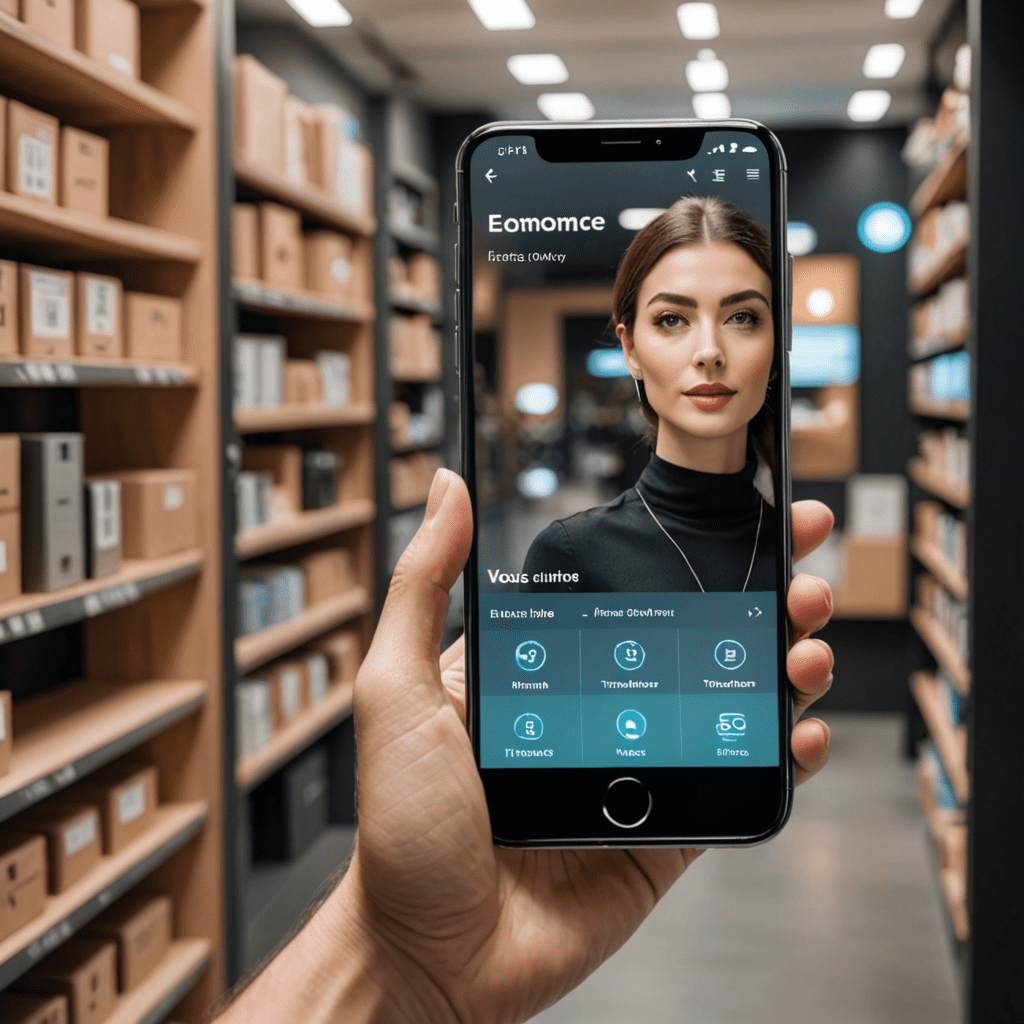## 1. Capture High-Quality Images
Product photography is crucial for e-commerce businesses as it directly impacts conversion rates. The quality of your product images can make or break a sale, so it’s essential to capture high-quality, visually appealing images. Invest in a good camera and lighting setup, and make sure to capture images with clear focus, accurate colors, and sharp details. Avoid blurry, distorted, or poorly lit images that can negatively impact your conversions.
## 2. Showcase Multiple Product Angles
Don’t limit yourself to just one product image. Showcase your products from different angles to give customers a comprehensive view. Feature images that highlight the product’s features, details, and usage scenarios. This allows customers to understand the product better, which can increase their confidence in making a purchase. Additionally, providing multiple product angles can help reduce returns due to unmet expectations.
## 3. Provide an Accurate Representation of the Product
Customers rely on product images to make informed decisions. Therefore, it’s essential to ensure that your images accurately represent the actual product. Avoid using excessive retouching or editing techniques that can misrepresent the product’s appearance or size. Provide accurate product dimensions and weight information to help customers make the right purchasing decision. Transparency and honesty in your product photography will build trust and increase conversions.
## 4. Use Appropriate Backgrounds and Lighting
The background and lighting play a vital role in enhancing your product images. Choose a background that complements your product and doesn’t distract from it. A plain white or neutral background can work well for most products. Lighting is equally important. Use natural lighting or a professional lighting setup to ensure that your products are well-lit and shadows are minimized. Proper lighting can make your products look more appealing and highlight their features.
## 5. Optimize for Display on Different Devices
With the increasing popularity of mobile shopping, it’s crucial to optimize your product images for display on different devices. Ensure that your images look good on desktop computers, laptops, tablets, and smartphones. Use responsive image formats and optimize image sizes for faster loading times. By optimizing your images for different devices, you can provide a seamless shopping experience across all platforms, leading to increased conversions.
6. Use Storytelling Techniques
Incorporate storytelling techniques into your product photography to create an emotional connection with your customers. Use images that evoke emotions and tell a story about your product. Showcase the product in real-world settings or demonstrate its benefits through images. By creating an emotional appeal, you can increase brand engagement and drive conversions.
7. Incorporate User-Generated Content
User-generated content (UGC), such as customer reviews and photos, can be a powerful tool to increase conversions. UGC provides social proof and allows customers to see the product from a different perspective. Display UGC prominently on your product pages to build trust and credibility. Encourage customers to share their experiences and images of your products to create a sense of community and authenticity.
8. Enhance Images with Post-Processing
Post-processing techniques can help you enhance the quality of your product images. Use editing software to crop, adjust colors, and remove unwanted objects. While it’s important to maintain the accuracy of your images, post-processing can improve the overall aesthetics and make your products look more appealing. However, avoid excessive editing that misrepresents the product.
9. Use Image Alt Tags
Image alt tags provide a text description of your product images. They are essential for accessibility, as they allow visually impaired users to understand the content of your images. Additionally, alt tags help search engines index your images and improve your SEO. Use descriptive alt tags that accurately represent the content of your images, including the product name, features, and usage scenarios.
10. Test and Analyze Your Results
Product photography is an iterative process. Regularly test different image variations, backgrounds, lighting, and angles to determine what works best for your audience. Analyze your conversion rates, customer reviews, and website engagement metrics to identify areas for improvement. By testing and analyzing your results, you can optimize your product photography for maximum conversions.
FAQs
Q: How many product images should I use?
A: Showcase your products from multiple angles and perspectives to provide a comprehensive view. Aim for at least 3-5 high-quality images per product.
Q: What is the best background for product photography?
A: Choose a background that complements your product and doesn’t distract from it. White or neutral backgrounds can work well for most products.
Q: How can I improve the lighting in my product photos?
A: Use natural lighting or a professional lighting setup to ensure that your products are well-lit and shadows are minimized. Proper lighting can make your products look more appealing and highlight their features.
Q: What is the ideal image size for e-commerce product pages?
A: Optimize image sizes for faster loading times while maintaining image quality. Use responsive image formats that adapt to different screen sizes. Consider image dimensions of 1200 x 1200 pixels or larger for high-resolution displays.


